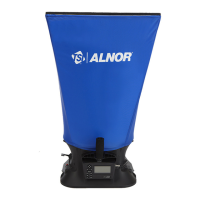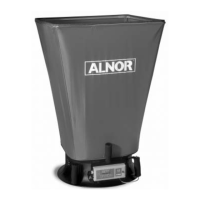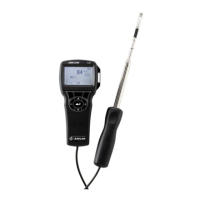How to fix no display on Alnor EBT730?
- PPatricia DickersonAug 3, 2025
If your Alnor Measuring Instruments display is blank, here are a few things to check: 1. Ensure the unit is turned on by pressing the I/O key. 2. Check the batteries. They might be low, dead, or have dirty contacts. Replace or clean them as needed. 3. If you're using an AC adapter, make sure it's properly connected.




